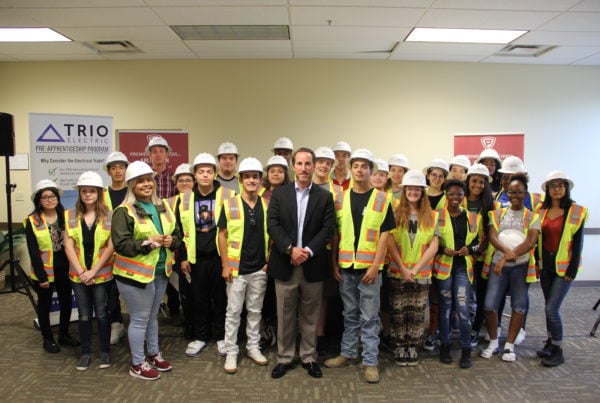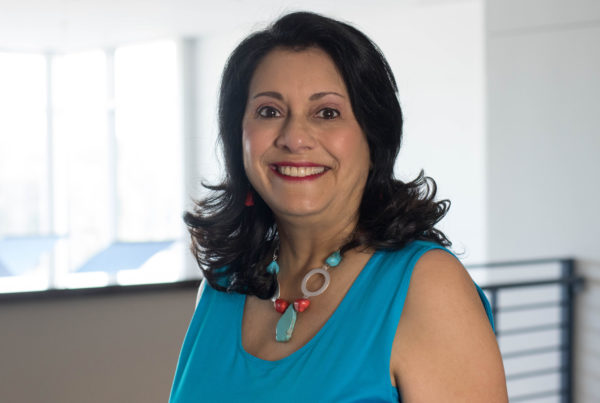In February 1926, Carter G. Woodson successfully initiated a mission for Washington, D.C. to observe the contributions of African-Americans throughout history and to ensure children were educated on the subject. Woodson originally designated the second week of February to celebrate Black history to coincide with the birthdays of Abraham Lincoln and Frederick Douglass.
Black United Students (BUS), a student organization of Kent State University, proposed expanding the week to a full month in 1969. The organization held its inaugural month-long celebration the following February, in 1970, and many schools schools followed.
On February 10, 1976, during the bicentennial of the United States of America, President Gerald Ford declared that the week would officially be extended to the full month of February. President Ford said, “…we can seize the opportunity to honor the too-often neglected accomplishments of Black Americans in every area of endeavor throughout our history. I urge my fellow citizens to join me in tribute to Black History Month and to the message of courage and perseverance it brings to all of us.”
Since it was established, Black History Month has been an opportunity to create awareness and inspire the acceptance of diversity across communities. ResponsiveEd continuously strives to promote acceptance, inclusion and education of diversity and February is a special chance for educators nationwide to teach and encourage our future generations through research projects, events and celebrations.
Check out how ResponsiveEd campuses celebrated Black History Month below:
- Austin Classical Academy fourth-graders did a research project and made “trading cards” on their subjects. See all the trading cards here.

- The Austin Classical Academy fourth-grade choir learns “Lift Every Voice and Sing.” Watch the video on Facebook or below.
- Clay Classical Academy students and staff present 2018 Stellar Black History Celebration. See more pictures from the event here.

- Denton Classical Academy students dress up and give presentations for their African-American Living History Museum. See more pictures here.

- Founders Classical Academy of Flower Mound second-graders recite Martin Luther King Jr.’s “I Have a Dream” speech from memory. Watch their recitation on Facebook or below.
- Garland Classical Academy students and staff present their Third Annual Black History Program. Watch part of the program here.

- Humble Classical Academy students present Motown: The Musical. See more pictures from the performance here.

- Pasadena Classical Academy first-graders were assigned to do computer research on a person, learn what they are known for and report on what they learned. Watch their presentations here.

- Premier High School – Austin at American YouthWorks feature a student’s research paper regarding the story of the Montgomery Bus Boycott on its website. Read more here.

- Willis Classical Academy made a “Hidden Figures Wall”

![]()




